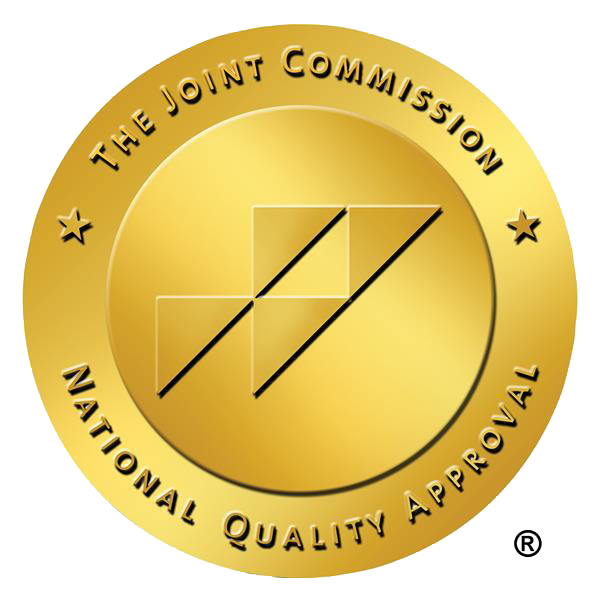Diagnostic Process for ADHD
The diagnostic process for ADHD is multi-faceted, involving a comprehensive evaluation that includes clinical assessment, observation, and medical assessment. Initial screening begins with an interview and clinical evaluation to explore social, emotional, behavioral, academic, and work challenges, where medical history and symptoms are inquired about in various settings. This comprehensive evaluation is based on DSM-5 criteria, encompassing in-depth interviews, understanding the details of symptoms, their impact, and requires information from various sources including development, medical and family history.
To further solidify the diagnosis, supplementary assessments are conducted. These assessments through behavioral rating scales, direct observations, and a review of educational or medical records are conducted to gather more evidence for the ADHD diagnosis. It’s also essential to distinguish ADHD from other conditions with similar symptoms and to determine the predominant type of ADHD based on symptom impact – this is called differential diagnosis.
Let’s delve deeper into the diagnostic process, using the Diagnostic and Statistical Manual as a reference.
Clinical Evaluation and DSM-5 Criteria
When diagnosing ADHD, the DSM-5 criteria play a crucial role. They set a standard for identifying symptoms and behaviors, providing healthcare professionals with a framework to diagnose ADHD. For an ADHD diagnosis in adults, the DSM-5 requires at least five symptoms for inattentive or hyperactive types.
A comprehensive assessment for an ADHD diagnosis typically involves health professionals such as psychiatrists, psychologists, and pediatricians. These professionals bring their expertise to the table, ensuring that the diagnosis is accurate and comprehensive. But why is observation and interviews necessary?
Observation and Interviews
Observations and interviews play a significant role in confirming the presence of ADHD symptoms and assessing their impact on the person’s life. This allows healthcare professionals to understand the full extent of the disorder, beyond what can be captured through standard diagnostic criteria.
But that’s not all. Let’s take a look at the role of medical assessment and psychological testing in the ADHD diagnostic process.
Medical Assessment and Psychological Testing
Medical assessments are a crucial part of the diagnosis of ADHD. They help to exclude other potential medical contributors to the ADHD symptoms, ensuring that the diagnosis is accurate. These assessments identify other medical conditions that might be contributing to symptoms commonly attributed to ADHD, thus ensuring an accurate diagnosis.
In addition, standardized psychological tests are utilized to gain a comprehensive view of the person’s psychological profile, which is integral to the evaluation of ADHD. These tests provide a more complete picture of the person’s strengths and weaknesses, encompassing various cognitive and emotional aspects.
After the diagnosis, what’s next? Let’s explore the treatment options for ADHD.
Treatment Options for ADHD
ADHD, while complex, is manageable with the right treatment. Treatment for ADHD typically includes a combination of:
- Medications, both stimulant and non-stimulant, aim to balance the chemicals in the brain that regulate attention and control impulses, thereby managing the symptoms of ADHD.
- Behavioral therapy, which focuses on teaching individuals with ADHD new skills and strategies to manage their symptoms and improve their functioning.
- Cognitive interventions, which help individuals with ADHD develop strategies to improve their executive functioning skills, such as organization, planning, and problem-solving.
These treatments are tailored to the individual’s age, health, and the type of ADHD. With the right treatment plan, individuals with ADHD can lead fulfilling and successful lives.
In addition to medication, therapy plays a crucial role in managing ADHD. Cognitive behavioral therapy (CBT) and other therapeutic approaches are crucial in managing and coping with ADHD symptoms. Effective management of ADHD from a young age can significantly reduce the risk of developing more severe issues such as delinquency or substance abuse later in life.
Let’s delve deeper into the treatment options.
Medication Management
Medication management for ADHD is a pivotal part of the treatment process. Both stimulant and nonstimulant medications are FDA-approved for treating children with ADHD starting at age 6. However, like all medications, they come with potential side effects. Common side effects of ADHD medications include decreased appetite and sleep problems.
When it comes to medication dosage, it’s a delicate balance. Healthcare providers personalize ADHD medication dosages to balance therapeutic benefits and minimize side effects. But medication is just one part of the treatment puzzle. Let’s discuss the role of behavioral therapy and interventions.
Behavioral Therapy and Interventions
Behavioral therapy for ADHD focuses on modifying the physical and social environments to change behavior. This includes parent training, direct behavior therapy with children, and interventions within the classroom setting to support the child. Other behavioral interventions for ADHD include engaging in cognitive-behavioral therapy, family or marital therapy, and working with an ADHD coach. Additionally, behavior management training can be a valuable tool for parents and educators to better support children with ADHD.
This comprehensive approach ensures that all facets of the individual’s life are considered in the management of ADHD. But how do services offered by institutions like Atlantic Behavioral Health aid in this comprehensive treatment plan? Let’s explore.
Atlantic Behavioral Health’s Services
Atlantic Behavioral Health provides the following services for individuals with ADHD:
- Personalized medication management, considering their unique health profiles and the type of ADHD they have
- Therapy sessions led by specialists trained specifically in ADHD management
- Additional therapeutic services such as cognitive-behavioral therapy and family therapy, to support individuals with ADHD and their families.
After understanding the treatment options, let’s delve into strategies for living with ADHD.
Strategies for Living with ADHD
ADHD symptoms can significantly disrupt an individual’s life in academic settings, social interactions, work, and at home, often resulting in reduced quality of performance in these areas. But with the right strategies, living with ADHD can be manageable. Creating consistent routines, using a day planner for schedules, and designating specific places for items can greatly enhance daily management for individuals with ADHD.
Adults with ADHD may also struggle with depression, mood or conduct disorders, substance abuse, and challenges in personal relationships and the workplace, often accompanied by feelings of frustration and guilt. These issues can be seen as manifestations of mental disorders. To navigate these complex challenges, two key strategies can be particularly helpful: time management techniques and building support networks.
Time Management Techniques
Effective time management can be a game-changer for individuals with ADHD. Using clocks, particularly analog ones, enhances time awareness for individuals with ADHD, making the concept of time passage more tangible. Setting reminders and alarms is beneficial for individuals with ADHD to maintain focus on their schedules and to ensure the timely execution of tasks.
Incorporating tasks into a detailed schedule, with specific times allocated for action, increases the probability of completing tasks for individuals with ADHD. Some strategies to enhance time management for adults with ADHD include:
- Dividing large projects into smaller, manageable tasks
- Using timers for short work intervals
- Employing color coding or labeling to facilitate task prioritization and organization
These strategies can help individuals with ADHD effectively manage their time.
Implementing regular check-ins with supervisors or colleagues can assist one in overcoming procrastination and managing time efficiently.
Building Support Networks
Apart from effective time management, building support networks is crucial to manage ADHD symptoms. Having a network of people who understand and can provide emotional and practical support can make a significant difference in managing ADHD.
Mental health professionals play a crucial role in creating a supportive network that aids in the management of ADHD.
ADHD is a complex condition that affects millions worldwide. It presents in various forms – Inattentive, Hyperactive-Impulsive, and Combined – each with its unique set of symptoms and challenges. Accurate diagnosis and comprehensive treatment, involving medication, behavioral therapy, and cognitive interventions, are crucial for managing ADHD. Services offered by institutions like Atlantic Behavioral Health play a pivotal role in providing personalized and effective ADHD management. Effective time management and building support networks are key strategies for living with ADHD. The journey with ADHD might be challenging, but with the right knowledge, support, and strategies, it’s a journey that can be navigated successfully.
Frequently Asked Questions
What is ADHD?
ADHD, or attention deficit hyperactivity disorder, is a neurodevelopmental disorder characterized by persistent patterns of inattention, hyperactivity, and impulsivity. It’s commonly diagnosed in childhood and can continue into adulthood.
How is ADHD diagnosed?
ADHD is diagnosed through a comprehensive process that includes a clinical evaluation, observation, and medical assessment based on DSM-5 criteria. It’s important to consult a healthcare professional for a proper diagnosis.
What are the types of ADHD?
The three main types of ADHD are Inattentive, Hyperactive-Impulsive, and Combined.
How is ADHD treated?
ADHD is usually treated with a combination of medications, behavioral therapy, and cognitive interventions, which are personalized based on the individual’s age, health, and type of ADHD. This comprehensive approach addresses various aspects of ADHD management.
What are some strategies for living with ADHD?
To live with ADHD, it’s important to implement effective time management techniques and establish support networks for both emotional and practical assistance. These strategies can help in managing the challenges posed by ADHD.








